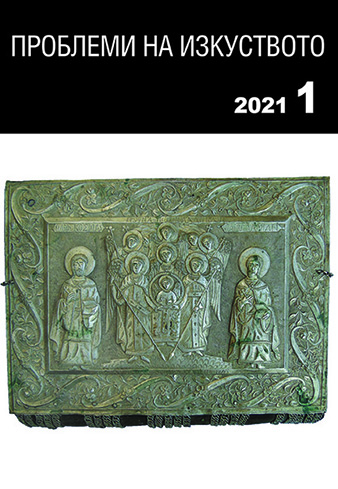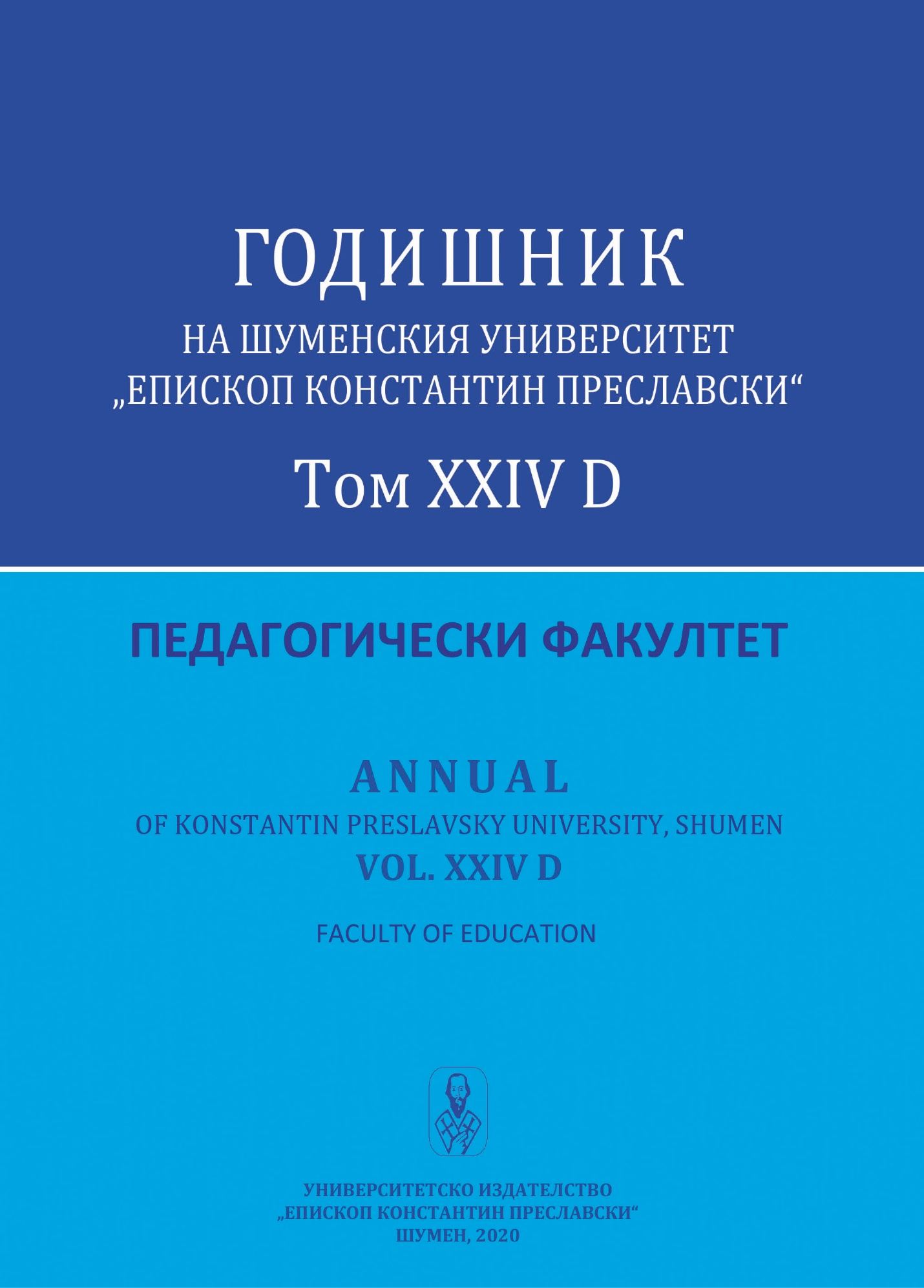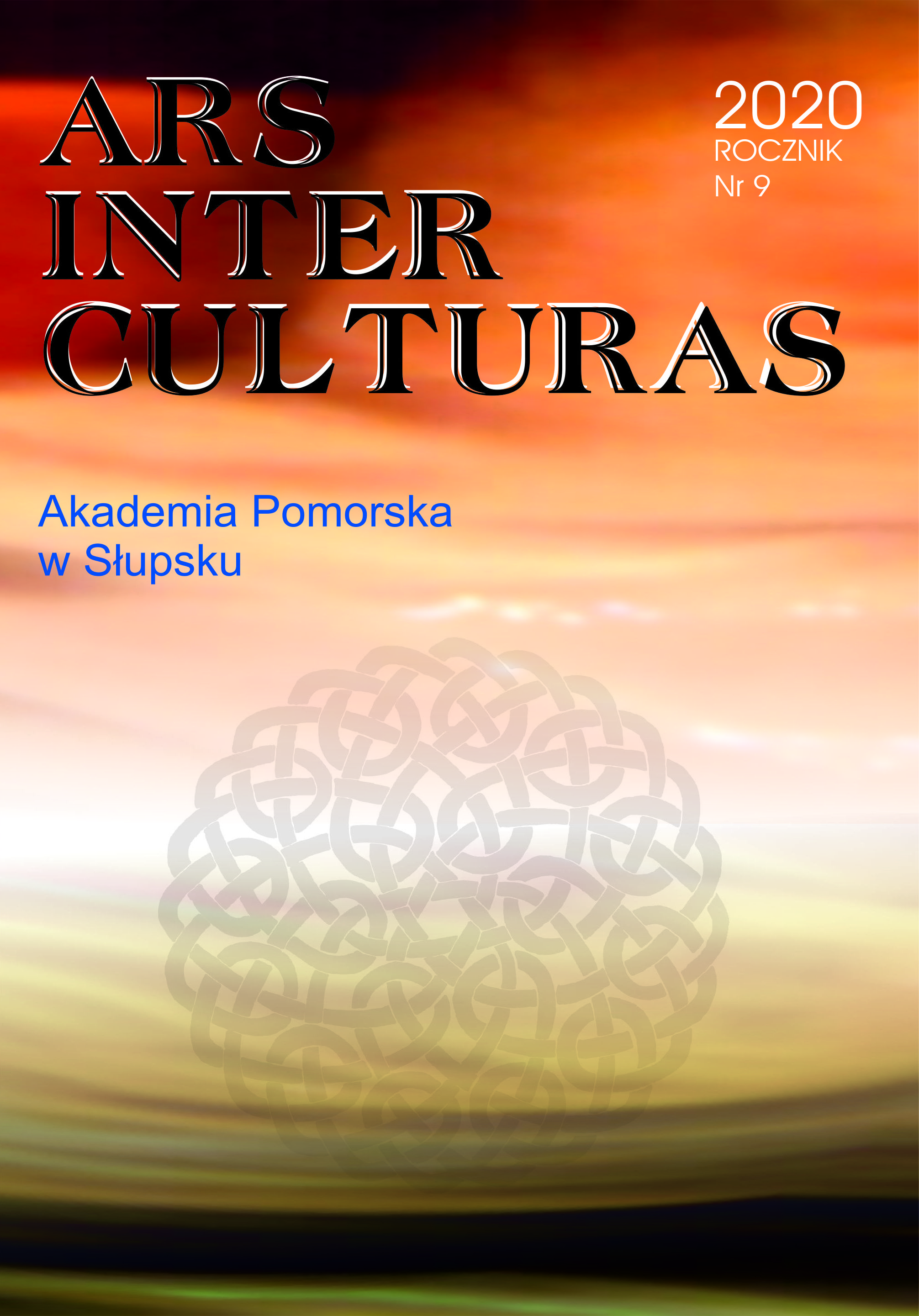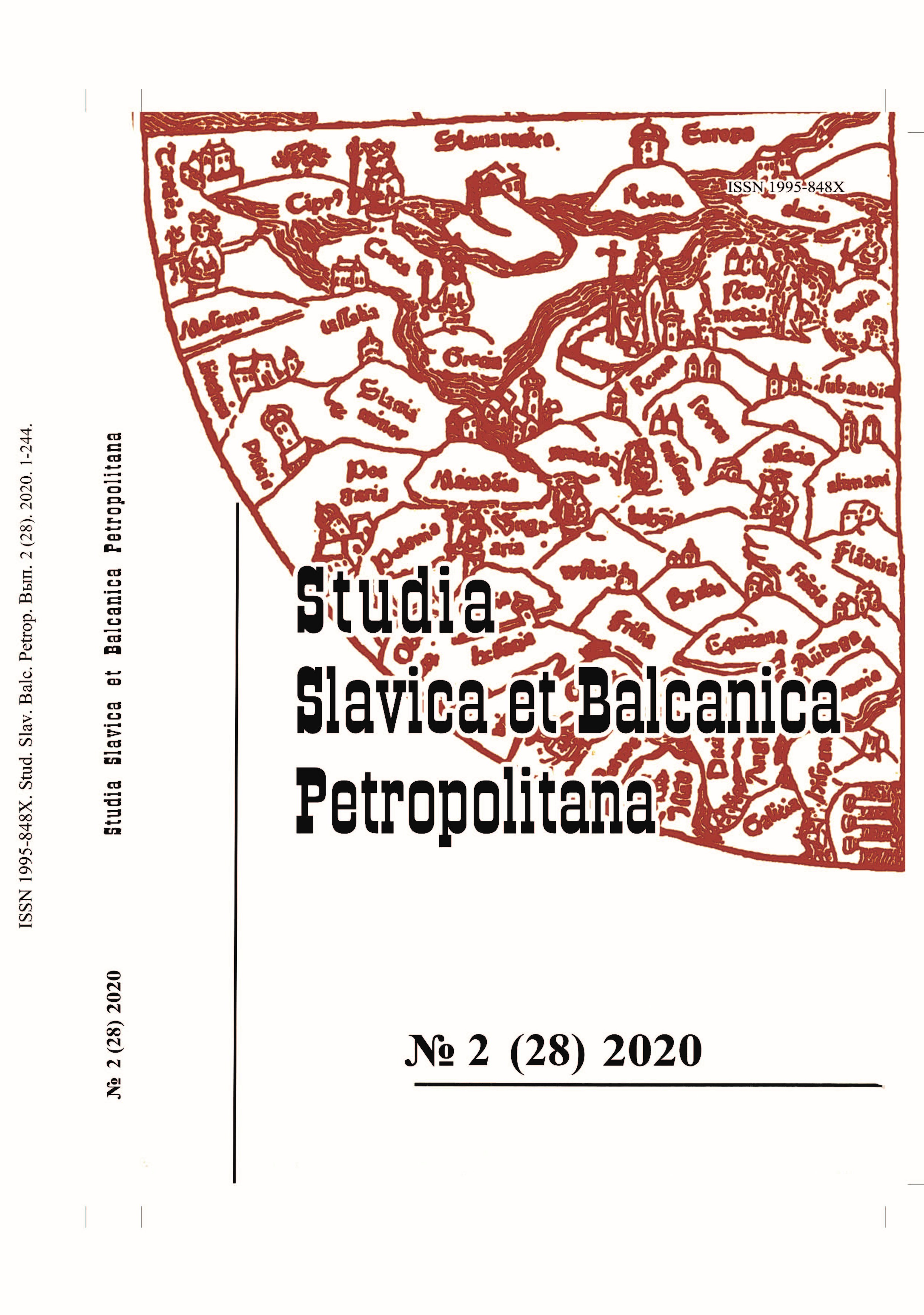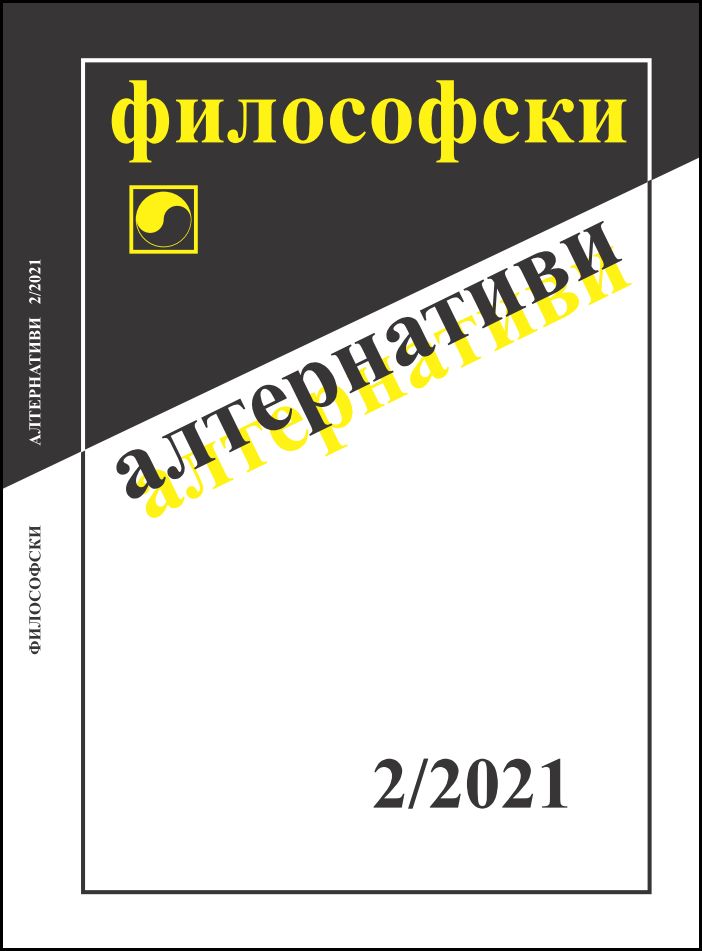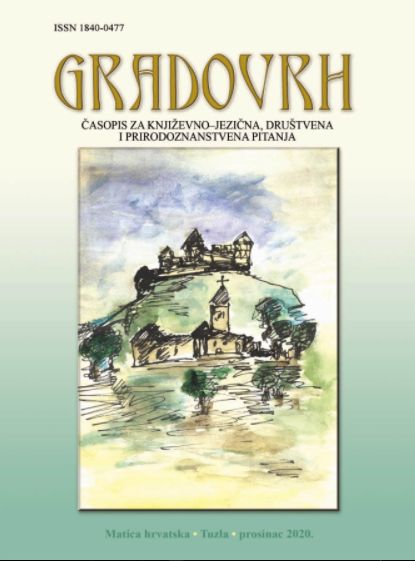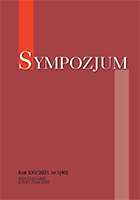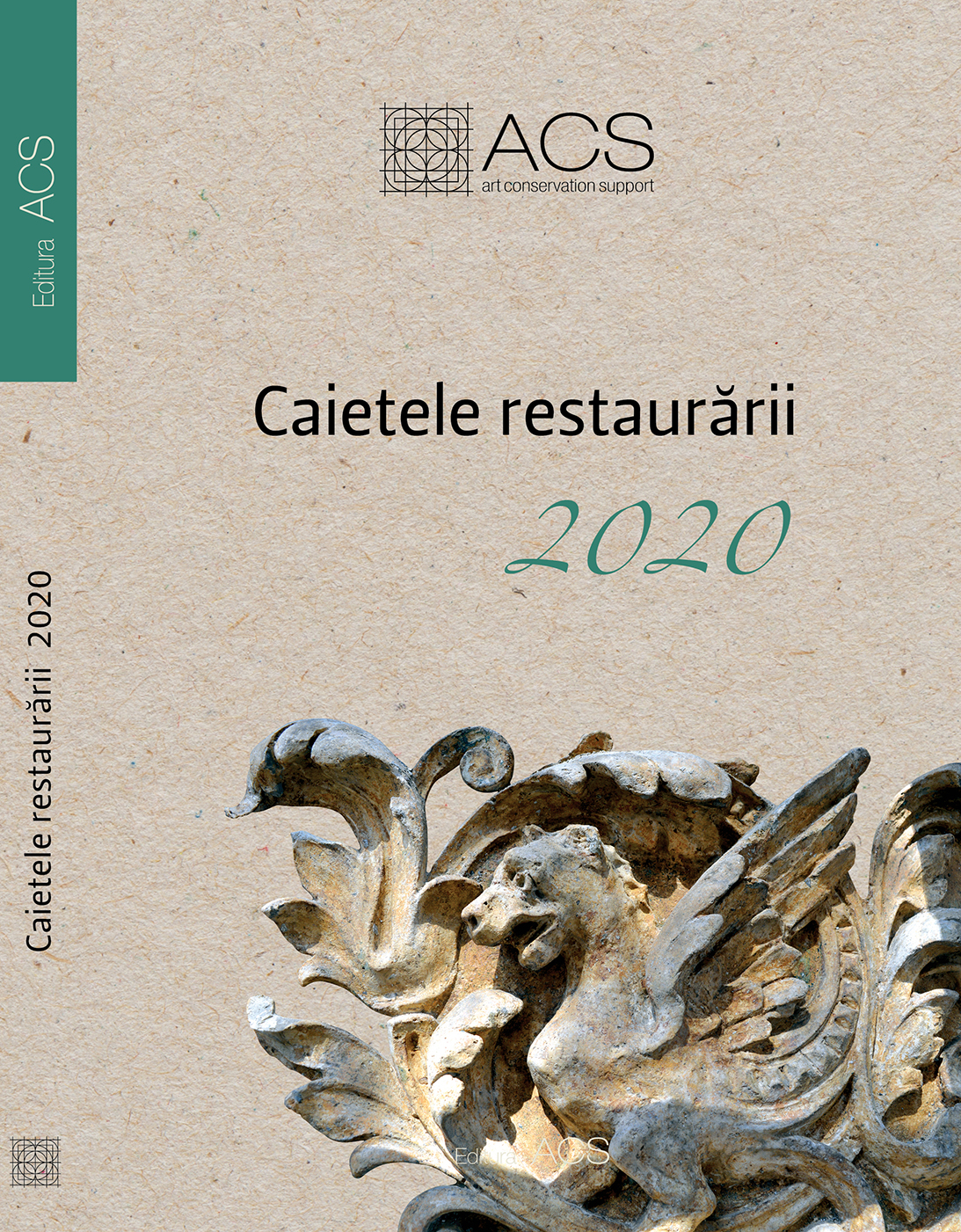
Mărturii istorice inedite în Țara Chioarului, Maramureș: Biserica din Buteasa
The roof of Buteasa’s old wooden church collapsed on Romania’s National Culture Day: January 15th 2019. A small, private group immediately started working on securing the site to prevent any further deterioration. ROST association handled the technical matters of the project and also the theoretical side of documenting the churches history and construction techniques used in the past. Dendrochronological dating has been accomplished by DENDROLAB ANNO DOMINI laboratory and the results of this research have been registered in the churches historical logs by arch. Laura Zaharia. The result is a story of the many beautiful sides of this historical monument told by Buteasa’s old church itself: local heroes of the anti-Ottoman battles, displaced families from the land of Maramures, the life of a village born in the shadow of Chioar fortress, villagers care for their church, painters decorating the interior spaces, archbishops that cared for the churches in their diocese, local customs, ancient construction techniques, the metamorphosis of a church similar to a living organism that changes according to historical events and still lives very intensely to this day.
More...
